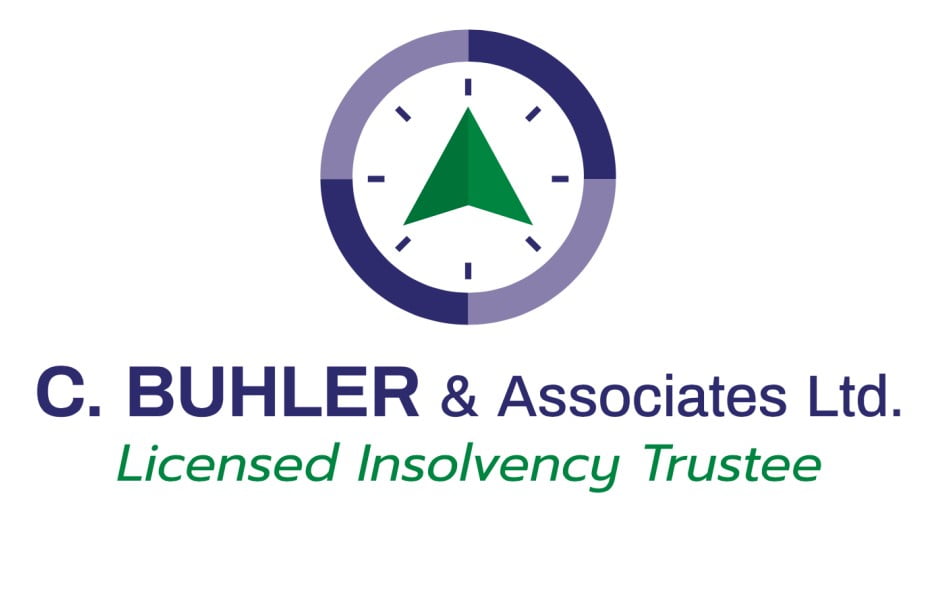Filing for bankruptcy can be the best way of improving your financial health when facing insurmountable debts. Not everyone qualifies to file for bankruptcy in Canada, however.
In this article, we’re going to look at the eligibility requirements for filing for personal bankruptcy in Canada. From there, we’ll discuss what to do if you don’t qualify for bankruptcy, what you should consider before filing for bankruptcy, and what your other debt-relief options may be.
What Are the Requirements for Bankruptcy?
In Canada, there are four eligibility requirements before you can file for personal bankruptcy:
- You must have a Canadian connection; and
- You must meet the threshold of minimum indebtedness; or
- You must have insufficient income to meet your debt obligations; or
- You must be insolvent—this means you owe more than the value of your assets
Requirement 1: Canadian Connection
To meet this requirement, you simply need to meet any one of these three criteria:
- You reside in Canada
- You do business in Canada
- You own property in Canada
This means that you do not need to be a Canadian citizen to file for bankruptcy in Canada. You can live abroad, be a permanent resident, or even simply own property in the country while living abroad to qualify.
Requirement 2: Minimum Indebtedness
Minimum indebtedness is the simplest requirement. Add up all of your debts. Do you owe at least $1000? If you do, you meet the minimum indebtedness requirement.
Most Canadians owe at least $1000, even Canadians with excellent financial health. Remember to add up loans, mortgages, lines of credit, and credit card debt.
Requirement 3: Insufficient Income
Insufficient income is one of the more complicated requirements. You cannot determine insufficient income on your own—you need to meet with a licensed insolvency trustee (LIT). They will look at your budget, including your income, debts, and other expenditures. You will meet this requirement if they determine that you cannot fulfill your monthly debt obligations.
Your licensed insolvency trustee will look at all of your expenditures—if there are unnecessary expenditures that you could cut out to make your monthly payments, you may find that your income is sufficient, and you don’t need to file bankruptcy.
Requirement 4: Asset Value
You may be able to sell assets in order to pay off your debts. When the total value of your assets are greater than the amount you owe, you may not be eligible for bankruptcy.
This calculation can be incredibly complicated or very simple, depending on what you own. You’ll need to give your LIT a detailed list of all of your assets; this list should include information about equity, co-ownership of your assets, and more.
What To Do if You Don’t Qualify for Bankruptcy?
Your LIT won’t leave you hanging if you don’t want to file bankruptcy—they are required by law to outline other debt-relief options as well. These options might include credit counselling, consumer proposals, or other options.
Generally, it’s best to explore these options before considering bankruptcy. Your LIT is more than just a bankruptcy trustee, however, and we highly encourage anyone facing daunting debt to contact an LIT. We’re here to help you, even if it means pointing you to resources other than bankruptcy that you can use to get out of debt.
Key Considerations Before Filing for Bankruptcy
The first thing to do before filing for bankruptcy is to gather information. Questions you should ask include:
- Who are my creditors?
- How much do I owe to my creditors?
- Can I pay more toward my debts than I am currently?
- Can I meet my minimum monthly payments?
- If I’m only meeting my minimum monthly payments, will my debt continue to snowball?
- What other debt-relief options could I access to help pay off my debts?
Bankruptcy is a useful debt relief tool, but it has serious consequences—you may be forced to sell off assets, and your credit rating will fall to the lowest possible rating. Always consider other options before filing for bankruptcy—your LIT can help you understand those options and make an informed decision.
What Are My Debt Relief Options?
There are several options for debt relief, including:
- Consolidating your debt
- Creating a consumer proposal with your LIT
- Talking with credit counsellors to create realistic budgets
These are just a few of the debt relief options that may be available to you instead of bankruptcy. You can learn more about managing debt on the Government of Canada’s website. As always, your LIT can help you find debt management solutions to secure a better financial future.
Conclusion
Not everyone qualifies for bankruptcy. To determine whether or not you are eligible to claim bankruptcy, you need to talk to a Licensed Insolvency Trustee.
C. Buhler and Associates Ltd. is a Licensed Insolvency Trustee serving many areas within Canada. We can help you determine whether or not you qualify for bankruptcy and provide you with alternative debt relief solutions. Want to get out of debt? Call us today.





